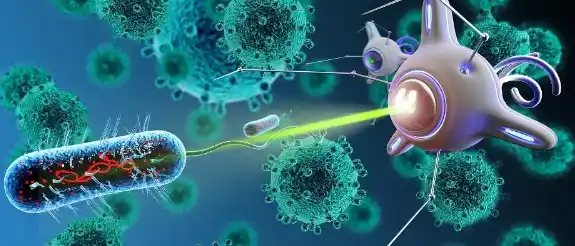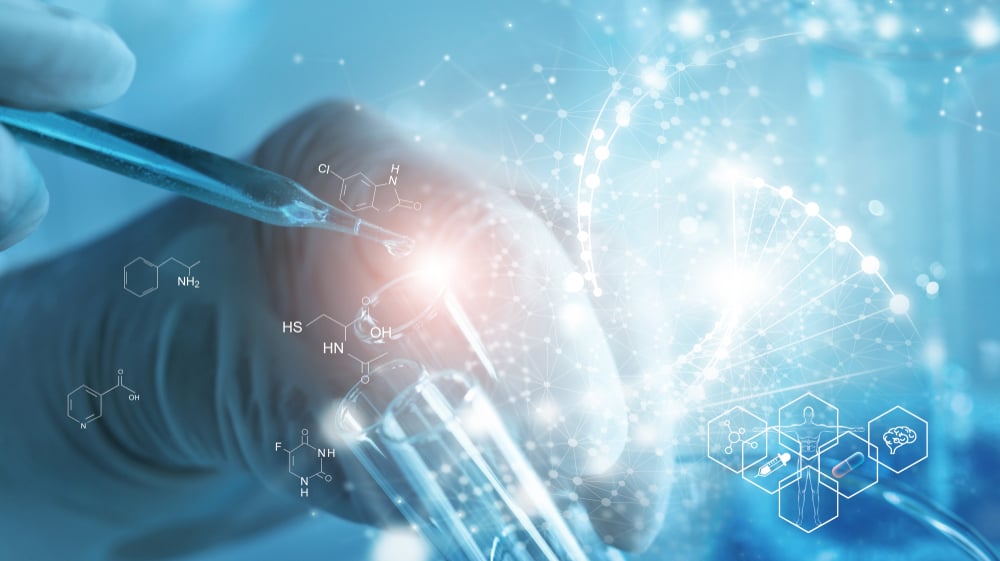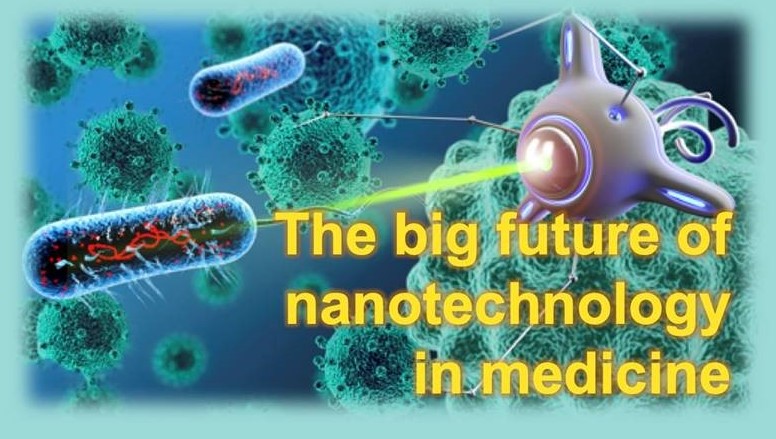Nanotechnology biology and medicine
Introduction

The realm of nanotechnology that allows people to manipulate the matter with an atomic and molecular level marks a new epoch for different domains, specifically in biology and medicine. This alliance between nanotechnology and the various aspects of biology and medicine has granted us such possibilities for disease diagnosis, treatment and prevention as could never have been thought possible before it emerged. Nano-medicine is the term popularly used when referring to this interdisciplinary field that has attracted researchers’ interests who seek to transform healthcare delivery in a radical way. We examine here five main areas where nanotechnology intersects with biology and medicine, trying to show how these developments are making profound changes in contemporary health care systems.
Targeted drug delivery

Targeted drug delivery is one of the most progressing fields of nanotechnology in biology and medicine. Conventional medicine normally affects both healthy and diseased body parts, thus generating side effects and reducing effectiveness. Conversely, nanoparticles manufactured with nanotechnology are made to specifically address certain groups of cells or tissues. Such particles can be altered to attach themselves onto defined receptors on targeted surface cells. As such, this ensures that medication goes to a certain location where it is needed but may not always be accessible or reach effectively through blood circulation. This approach increases therapeutic efficacy while reducing undesirable consequences; hence improved patient health outcomes eventually arise from patient-centered therapies in areas like Nano-medicine as well as Nano-biology.
Very Early Detection of Diseases
An essential role in early illness diagnosis is played by nanotechnology that leads to curative consequences. In most cases, traditional diagnostic techniques identify diseases at advanced stages when they are difficult to handle. In contrast, molecular alterations caused by a disease can be sensed by nanoscale sensors and devices many times before any symptoms start appearing. In this regard; quantum dots which are semiconductor nanoparticles may serve as fluorescent to delineate cancer cells from their early days. Tumors too small for typical imaging procedures can be recognized with these quantum dots due to their compatibility with specific biomolecules that target the malignant cells . Such a changeover from nanotechnology induced by biology and medicine is marking a revolution in the manner we detect illnesses hence making it possible to diagnose them sooner and more accurately.
Regenerative Medicine

Regenerative medicine refers to a specific area of study that focuses on repairing and replacing damaged tissues and organs through regenerative processes, in which the advancements have been made by materials science, biology and medicine working together within nanotechnology fields. Scaffolds can be created from nanomaterials that imitate an extracellular matrix of tissues and thus serve as a framework for cells to grow and develop new tissue. A more engineered type of these nanostructured scaffolds can enable the transport of growth factors and other signaling molecules in a controlled way in order to promote tissue regeneration. In addition, researchers are also utilizing nanotechnology for the development of artificial organs and tissues similar to their natural counterparts. For instance, there is research going on regarding the use of nanofibers in making skin grafts for burn victims as well as composites using nanoparticles meant for bone regrowth. As we utilize nanotechnology; regenerative medicine seems to be heading towards tapping into possible solutions in cases involving people going through severe trauma or chronic diseases.
Nanotechnology in Cancer Therapy

Nano-medicine is arguably the single most critical aspect in which biology, nanotechnology and medicine intersecting for cancer therapy. All kinds of traditional cancer treatments like chemotherapy or radiation therapy cause many side effects which may even render them useless against some types of cancers. But nanotechnology offers another way that is less painful and more efficient. For instance, nanoparticles are created to direct chemotherapy drugs right into cancer cells which minimize damage on normal body tissues as well as effects on side effects. In addition, photo thermal therapy and gene therapy are other new methods made possible by nanotechnology. In this type of treatment, metal compounds go through bloodstreams to reach tumors embedded deep down in human bodies. The heat emitted from these compounds under illumination destroys only malignant cells leaving healthy ones unaffected by it at all. Additionally, gene therapy with Nano-carriers helps in selectively delivering DNA molecules responsible for silencing certain genes that contribute to tumor cell proliferation. Therefore, the impact of nanotechnology in the field of cancer therapy thus transforming our understanding and management of this intricate disease process.
Nanotechnology in Vaccines

One of the most successful public health interventions ever is development of vaccines and nanotechnology biology and medicine are further improving vaccine working and delivery methods. For instance, nanoparticles can be used as vaccine delivery vehicles by encapsulating antigens and transporting them directly to immune cells. This methodically directed approach enhances immunity response while at the same time minimizing the amount of antigens required that could lessen the number of doses needed for specific vaccinations. Moreover, improved immunological vaccines targeting non-invasive routes such as via skin or mucous membranes would increase access to vaccines in impoverished areas. Moreover, it is predicted that with progress in nanotechnology, its use in vaccine development will help combat infectious diseases and promote global health.
Conclusion
Last but not least, biology and medicine are undergoing a transformation revolution due to the introduction of nanotechnology in them. The new methods of treating diseases with the help of nanotechnology include targeted drug delivery, early diagnosis and treatment, regenerative medicine, cancer therapy, and vaccine development among others. All these are availed by nanotechnology thus facilitating diagnosis, treatment and prevention of diseases. Therefore, more personalized and effective therapies are crafted through precision and efficacy aspects in both biology and medicine based on nanotechnology for optimum patient outcomes hence modern medicine is being transformed forever. We can therefore look forward to even more radical innovations that will help us fight against some of human’s toughest health challenges as continuous research on this area is being done.

